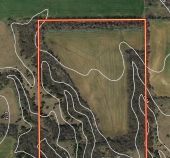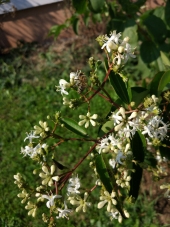posted 13 years ago
Geoff! What a remarkable treat to have my first post answered by one of the great visionaries here. Thank you so much.
Couple quick responses.
1) Yes. The main frames seem crucial. We have placed the hugels on contour for this reason, and in a sloped area, we are trying to take advantage of micro-climates as much as we understand them at this point. This is an extremely important point, though, and we will bear it in mind as we proceed. One issue we struggled with was whether to place the hugels more or less together, or to use them in various spots around the land. We chose the latter. This may limit the degree to which we can move toward a food forest, but we look forward to learning from the land. We do think, re main frame, that we may use upper hugels in a protected area for fruit trees. We have a s/sw exposure, so these would not shade plants above us and I think as the hugels gradually degrade, the trees will benefit.
2) The fun. Yes. Never forget. And thank you for these other observations, they seem key.
3) What a great answer. I know the "Overpower" response, but at 56 find that I'm a little more limited, and realistic. And no bananas for us, though they do call our little spot the "banana belt" because in a frigid area, it tends toward warmth.
Thanks again. I will continue to avidly follow your work, and to watch for others who weigh in here.
Cheers
cs








